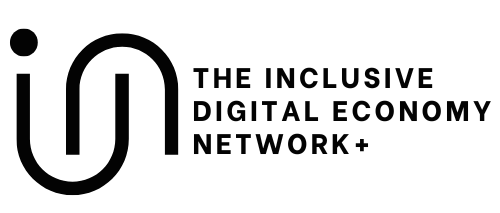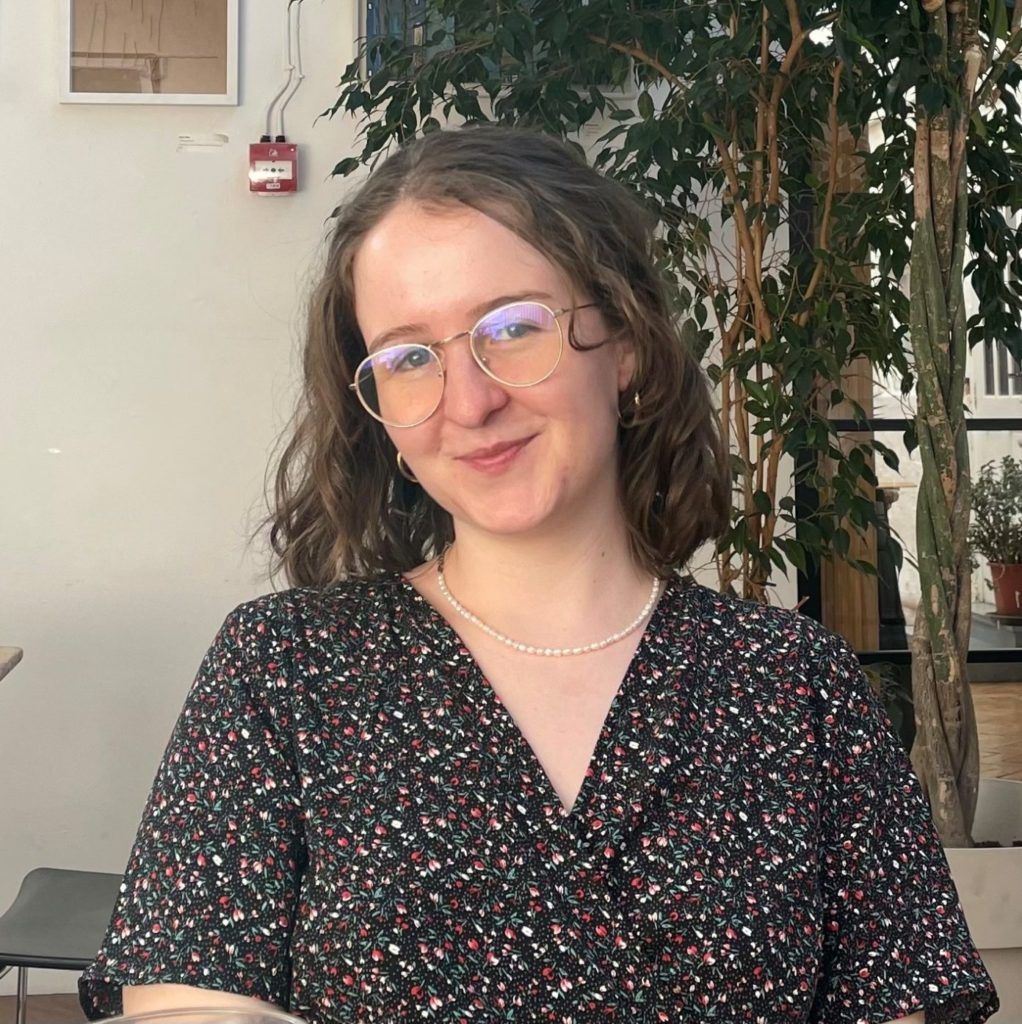As part of the INCLUDE+ network, my role is to find out about living labs and work out what their approach could offer our project. So, in a question…
Are living labs a useful apparatus for continuing the legacy of the INCLUDE+ network following the project’s conclusion in five years’ time?
In this post, my aim is to show how a living lab’s limitations positively define the shape of its impact—if a living lab can be anything, how can you be sure your living lab becomes something?
First, what is a living lab?
Before I dive in, it’s helpful to clarify what I mean by living lab. The idea of a living lab comes from ‘living laboratory’. Instead of testing something in the artificial and removed context of a ‘lab’, you test it in (something closer to) its natural environment. Some early living labs were homes designed for product testing. Differently from a test bed, where users are present as passive participants, in a living lab there are many opportunities for input from users (Hossain et al. 2018).
Having come to living labs as a complete outsider, I find these two definitions helpful to understand what they can do.
- ‘Living labs are notional sites in which researchers and community members co-create, evaluate ideas and collaborate to solve problems, develop policy, or design new services and products’ (Hughes et al. 2018).
- ‘[Living labs are] physical regions or virtual realities in which stakeholders form public-private-people partnerships of firms, public agencies, universities, institutes, and users all collaborating for creation, prototyping, validating, and testing of new technologies, services, products and systems in real life contexts’ (Leminen et al. 2012 in Hossain et al. 2018).
Schuurman has criticised the way living lab literature frames them as limitless in their possibility.
‘In terms of methodology and user characteristics, the living lab literature . . . positions living labs too much as an ‘everything is possible’ concept that resembles an empty box. . . you can put whatever methodology or research approach inside.’
Schuurman et al. 2015
While many different things can be referred to as a living lab—and in a way the term has endless potential as a starting point—a single, established living lab does not have endless potential. There are clear parameters which define what it can do.
I want to explore how living labs can be understood through this idea of an ‘empty box’, something that ‘you can put whatever […] inside’. To extend the metaphor, I am interested in the box—and how the shape of a living lab may define not only what approach may be put inside, but what may come out of it. I hope to show how the limitations inherent in any living lab’s approach define its outcomes.
A living lab’s limits define its possibilities
I see a number of pay-offs inherent in the running of any living lab. Where a lab sits on each of these axes shapes how the lab works, and ultimately shapes its impact.
Community of place / Community of identity/interest
Defined, permanent building or base / No defined building or base
Ongoing relationship, single community / Series of relationships, multiple communities
Small, agile team of experts / Wide, incorporative team including non-experts
Focused on learning / Focused on making (Peurari et al. 2018)
Giving to the community / Receiving from the community
Output focused / Input focused
Open participant selection / Closed participant selection (Hossain et al. 2018)
Long-term, established lab / Temporary, series or sporadic
Defined commitment from participants / Open commitment from participants
My attention to the pay-offs inherent in establishing a living lab was inspired by how Puerari and colleagues described the role of space and place in living labs (Peurari et al. 2018, p.12). Where a lab operates in a specific urban building, it can become ‘a place where innovation manifests within a specific neighbourhood’ which ultimately ‘[triggers] the rise of new narratives about the place itself’. On the other hand, labs without a defined space or building ‘struggle more in creating such place narratives’. Peurari and their colleagues directly link this challenge to difficulties engaging people from outside the lab in collaboration.
However, there are potential advantages to being unconstrained by place. Matt Jones raised the challenge that if you as a lab have a space to operate in, you feel it’s wasted when it’s not used. Especially in the case where the space is visible or central to an area—such as a disused retail space in a town centre—the association with the space may become one of inactivity. It may in fact become a ‘dead lab’. Without a space, you may develop stronger connections to other community-based organisations through the sharing or renting of space.
So, to come back to Schuurman’s ‘empty box’—the factors above are examples of the constraints which might form the box’s structure. The nature of a lab can shape its ability to engage with its community.5 These pay-offs may be defined when establishing the purpose and goals of the lab, but some of them will be incidental: constrained by funding and/or time and/or the context in which the lab is set up.
I am keen not to ascribe a value to these factors—there are advantages at each end of any axis. My intention is to frame these factors as limits rather than limitations. I am seeing the limits as a way of understanding what they contain.
Different limits, different outcomes
Different living labs operate in different ways to different ends. The way a living lab is set up [in]advertently shapes its impact.
For example, Lab4Living (L4L) in Sheffield has been in action since 2007. In their own words, they ‘work together to address real world issues that impact on health and wellbeing, developing products, services and interventions that promote dignity and enhance quality of life’. In line with this overarching mission and focus, L4L works on a number of distinct projects each of which may centre on a different community. L4L has a small, agile team, which Joe Langley, lead Research Fellow, says is key to keeping projects focused, although it’s necessarily offset against a need for inclusion. While based in Sheffield, and often collaborating with local people, L4L’s projects tend to concern communities of identity or experience rather than of place. For example, one project involves working with stroke survivors to improve their speech rehabilitation. The outcome of the project will hopefully eventually help with speech rehabilitation nationally, and even internationally. For a project like this, L4L uses a closed selection method,6 involving a small number of collaborators from the community in the design process. These people, referred to as co-creators, have an established role in the project and are in a sense project partners. They work together with the L4L designers to prototype, test, build, and re-build the final output. While I don’t see these axes as binary, we can simplistically map L4L onto a few of the pay-off axis:
- Community of place vs. community of experience
- Agile team vs. wide team
- Open selection vs. closed selection
- Defined commitment vs. open commitment
So in summary, L4L work in a small, agile team. They are working with and for a community shaped by shared experience, from which they select appropriate participants who join the project as co-creators. This combination of choices defines what L4L can do in a given project, and while there may be pay-offs, L4L operates within constraints that make their work possible.
As an alternate example, the Knowle West Media Centre (KWMC) in Bristol works closely with the community of Knowle West in Bristol. Their projects range from co-designing and building housing for residents to tackling air quality in the area, and all their projects have the same community of Knowle West as their collaborators and benefactors. KWMC has been working with the community since 1996. They have deep roots—established practices and connections which are very specific to the area. Their work is very much defined by location. They are inclusive of a group which is in one way very broad (anyone in the community of Knowle West), but in another way by definition exclusive (only people in the community of Knowle West). According to Martha King, Arts Programme Manager, KWMC has a philosophy of the commons, meaning people from the community can contribute as much as they’d like to. So, in contrast to Lab4Living, Knowle West Media Centre is based on a community of place, working with a much wider team with open selection of collaborators who have no defined commitment to any project.
KWMC speak to a lot of people to define a shared goal before beginning work on any project (learned in conversation with Martha King). This likely makes their time scales more open-ended, and the outcomes harder to define from the outset. Their extreme-locatedness also means their solutions are only for their community, not inherently scaleable or transferable. However, it hopefully means their solutions are truly suited to their community.
The same is true for L4L: because they do not continually work in and with the same community, their approach must be adaptable to working with different communities. Their relationship with a given community may be established within the context of a given project, rather than ongoing. To establish meaningful connection with the people they work with, it’s necessary for them to work with a smaller group of co-creators.
Both KWMC’s and L4L’s work is made possible and necessarily constrained by the pay-offs inherent in their operation. Organisers of living labs make these pay-offs so that they can do impactful work. Simplistically, KWMC has been positively impacting one community over 24 years, while L4L may have positively impacted tens of communities over their 15 years. The constraints of each lab’s approach makes their work possible and shapes their impact.
So what can we learn from looking in an ‘empty box’?
This began with Schuurman’s criticism that living labs are often framed as having limitless possibilities, but he also used the metaphor of a box—something which is all limits.
The living lab is taken up in many different ways by groups all over the world with completely different methods and goals. So is it not limitless in its possibility? My view is that a living lab approach offers a world of possibility, but when setting up a lab there are certain constraints that are unavoidable, and these constraints will shape what the lab can be and therefore what impact it can have. In assembling a box, you contain what is inside it. If you add this outside wall, you make this more possible and that less possible.
The question for INCLUDE+ is: what do we hope to make possible? What are we willing to exclude? What do we want to come out of our box?
References:
Hossain, M., Leminen, S. & Westerlund, M. 2018. A systematic review of living lab literature. Journal of Cleaner Production. 2019(213).
Hughes, H., Foth, M., Deuzuanni, M., Mallan, K. & Allan, C. 2018. Fostering digital participation and communication through social living labs: a qualitative case study from regional Australia. Communication Research and Practice. 4(2). p.183-206.
Puerari, E., de Koning, J. I. J, C., von Wirth, T., Karre, P.M., Mulder, I.J., & Loorbach, D.A. 2018. Co-creation Dynamics in Urban Living Labs. Sustainability. 10(6). p.1893.
Schuurman, D., De Marez, L., & Ballon, P. 2015. Living labs: a systematic literature review. Open Living Lab Days 2015.

